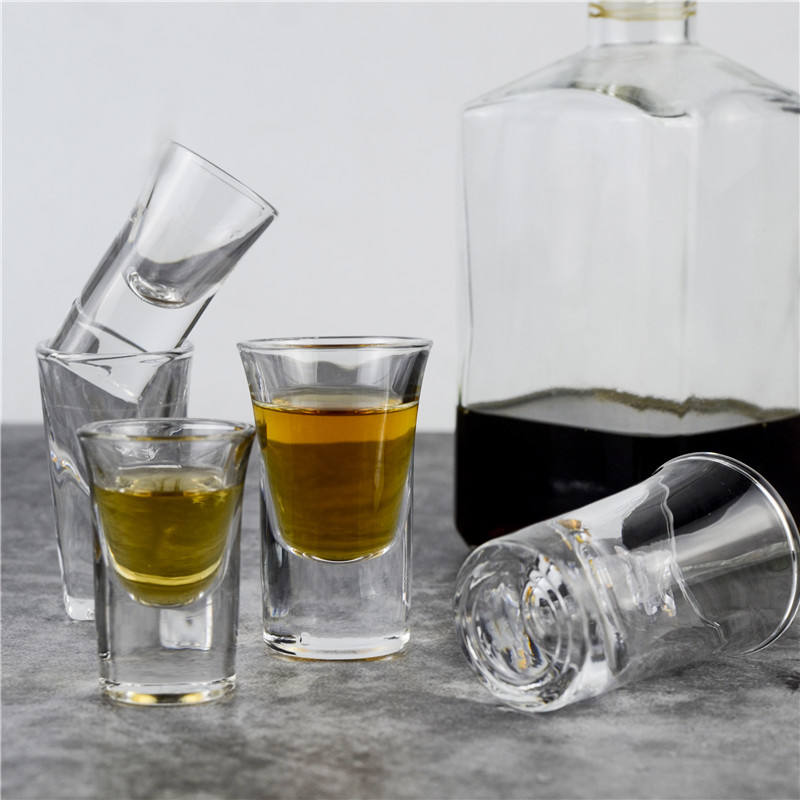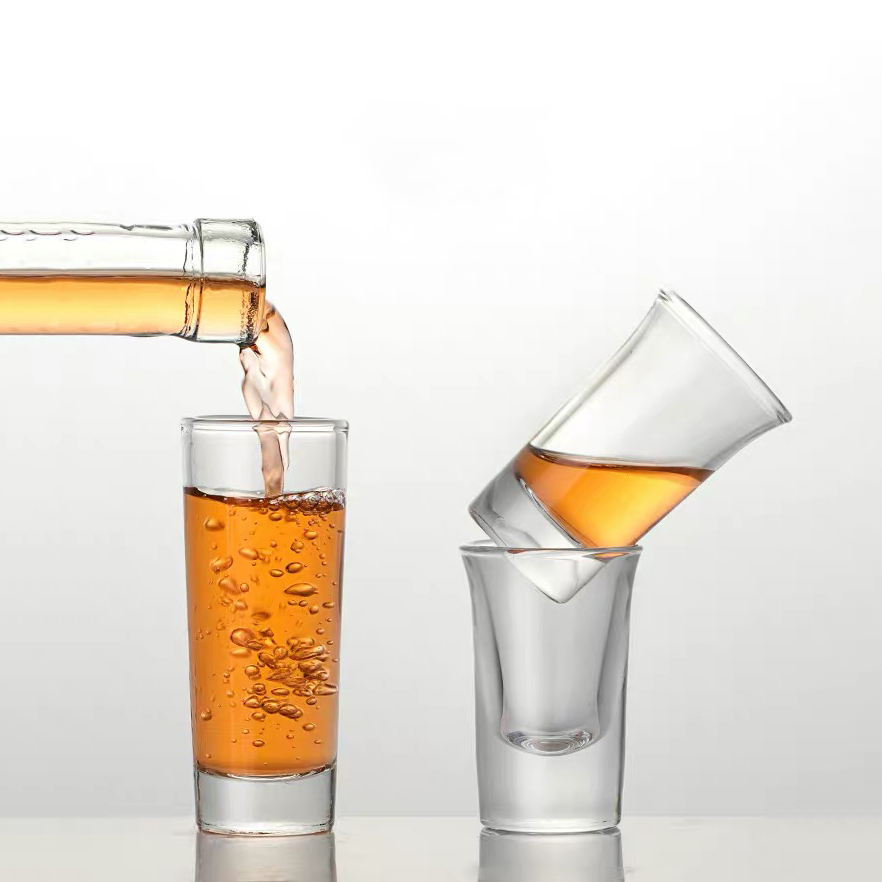Glass is a non-crystalline, amorphous solid material that is widely used in various industries and applications due to its unique properties. It is made by heating a mixture of silica (silicon dioxide), soda ash (sodium carbonate), and lime (calcium oxide) to a high temperature until it melts and then cooling it rapidly to prevent crystallization.
Glass is a highly versatile material that can be shaped into various forms, including flat sheets, cylinders, tubes, bottles, and other containers. It is transparent, allowing light to pass through, and it has a smooth surface that is easy to clean. Glass is also resistant to chemicals, corrosion, and high temperatures, making it suitable for use in laboratory equipment, cookware, and building materials.
There are several types of glass, including soda-lime glass, borosilicate glass, tempered glass, laminated glass, and more. Each type has unique properties that make it suitable for specific applications. For example, borosilicate glass is known for its high thermal resistance and is commonly used in laboratory equipment and cookware.
Glass has been used by humans for thousands of years, and its use has evolved over time to meet changing needs and technologies. Today, glass is used in many applications, including windows, mirrors, eyeglasses, screens, bottles, jars, ornaments, and more. Its durability, transparency, and versatility make it an essential material in modern society.



